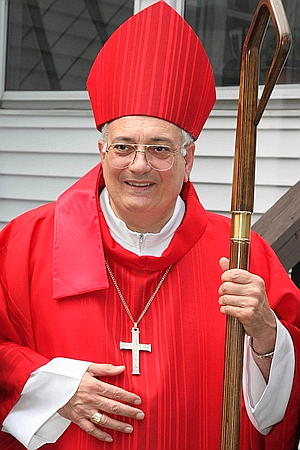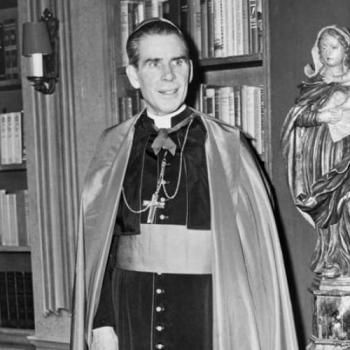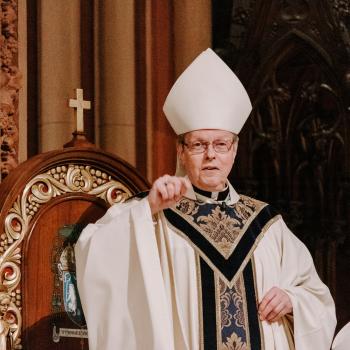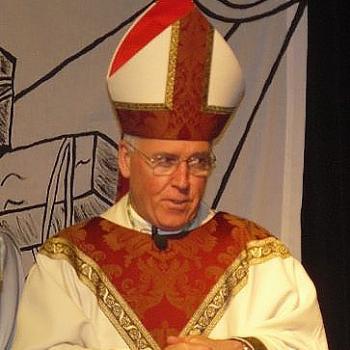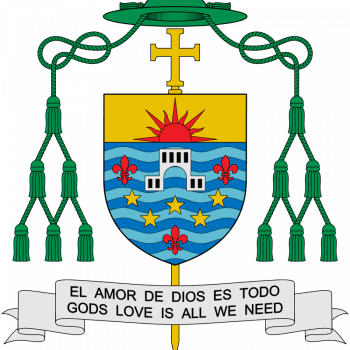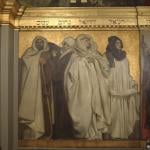From The Bench’s Brooklyn Desk comes this news about my own bishop, via CNS:
Catholic parishes are called to build communion with immigrants and newcomers so people unite in faith rather than solely because of their cultural backgrounds, said the bishop of Brooklyn, N.Y., who has worked for 38 years to improve immigrant relations.
Bishop Nicholas DiMarzio, former executive director of Migration and Refugee Services for the U.S. Conference of Catholic Bishops, told a Feb. 24 conference on the integration of immigrants into the Catholic Church that in U.S. parishes, immigrants and longtime members can learn from each other if they are open to doing so.
“Migration really is not a problem to be solved, but rather something we must naturally grow into understanding ourselves better,” Bishop DiMarzio said.
He said the “idea of welcome is what’s important.”
“Our church has been one that has, with struggle, unified many cultures,” he explained. “We’ve seen this unity based on faith with many different struggles over the years, but the immigration perhaps presented the church with an opportunity to build communion between culturally diverse peoples, both natives and newcomers.
“It was not easy. And it’s not complete. But we’ve learned a lot over these two centuries that we have been an immigrant church in the United States,” said Bishop DiMarzio, who once served on the Pontifical Council for Pastoral Care of Migrants and Itinerant People, now known as the Pontifical Council for Migrants and Travelers.
The bishop acknowledged that the integration of diverse cultures “is not just a matter of assimilation into the dominant U.S. culture, or even our Catholic culture, but poses challenges to long-existing communities.” He suggested that parishes “draw from the gifts and the strengths and the contribution all the cultures bring us.”
Today, the U.S. church is called to continue its tradition of welcoming new people despite the numerous conflicts portrayed in the broader society, Bishop DiMarzio said.
“Institutions do not integrate immigrants,” he explained. “They can facilitate it, but immigrants integrate, not institutions. And Catholic institutions cannot effectively contribute to immigrant immigration if they lose sight of the agency of the immigrants themselves and do not model themselves on openness and inclusion.”
Bishop DiMarzio cited examples in his diocese, often referred to as the “Diocese of Immigrants,” where parishes have melded two, three, four, even five different cultures into one community through prayer, Mass in different languages and cultural events.

